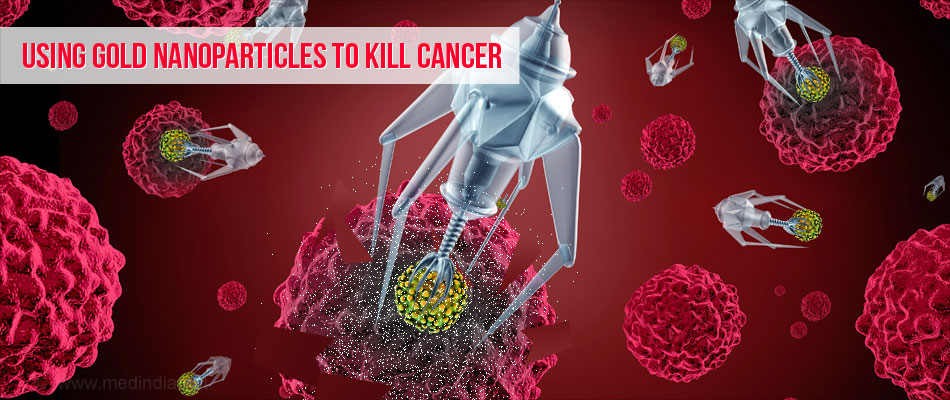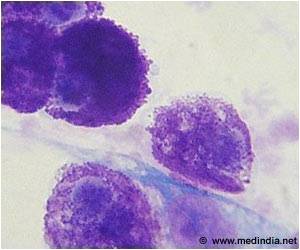
- Cancer cells that remain in the body after the surgical removal of primary cancer can cause recurrence or spread of cancer to other body parts
- A newer technology selectively targets cancer cells. It uses gold particles that are coated with antibodies and form clusters within cancer cells
- Short laser pulse causes the clusters to form nanobubbles which burst, thereby destroying the cancer cells without affecting the normal cells
- The new therapy could replace the use of systemic chemotherapy or radiation therapy post-cancer surgery
The researchers tried out the new technology in mice with cancerous tumors. Gold particles coated with antibodies were injected into the mice and the cancer was surgically removed. Short laser pulse was administered following the removal, which caused the residual cancer cells to produce a plasmonic nanobubble. The bubble burst inside the cancer cell, thereby destroying it.
Mice who received the treatment did not show any recurrence of cancer for a period of two months. On the other hand, 80% of mice who did not receive the treatment died within 10 days of the surgery.
The antibodies on the gold particles ensured that the gold particles entered only cancer cells. The low-energy short laser pulses ensured that surrounding tissues were not damaged. This approach can be very useful in regions like the brain where the loss of every cell could have grave consequences. This new technique would undoubtedly be a boon to cancer patients. However, more studies are necessary before it can be used in medical practice.
References:
- Nanobubbles Generated by Pulsed Laser Identify & Destroy Cancer Cells - (https://www.nibib.nih.gov/news-events/newsroom/nanobubbles-generated-pulsed-laser-identify-destroy-cancer-cells)
- Lukianova-Hleb EY, Kim Y, Belatsarkouski I, Gillenwater AM, O'Neill BE, Lapotko DO. Intraoperative diagnostics and elimination of residual microtumours with plasmonic nanobubbles. Nature Nanotechnology 11, 525–532 (2016) doi:10.1038/nnano.2015.343.
- Targeted Cancer Therapies - (http://www.cancer.gov/about-cancer/treatment/types/targeted-therapies/targeted-therapies-fact-sheet)















